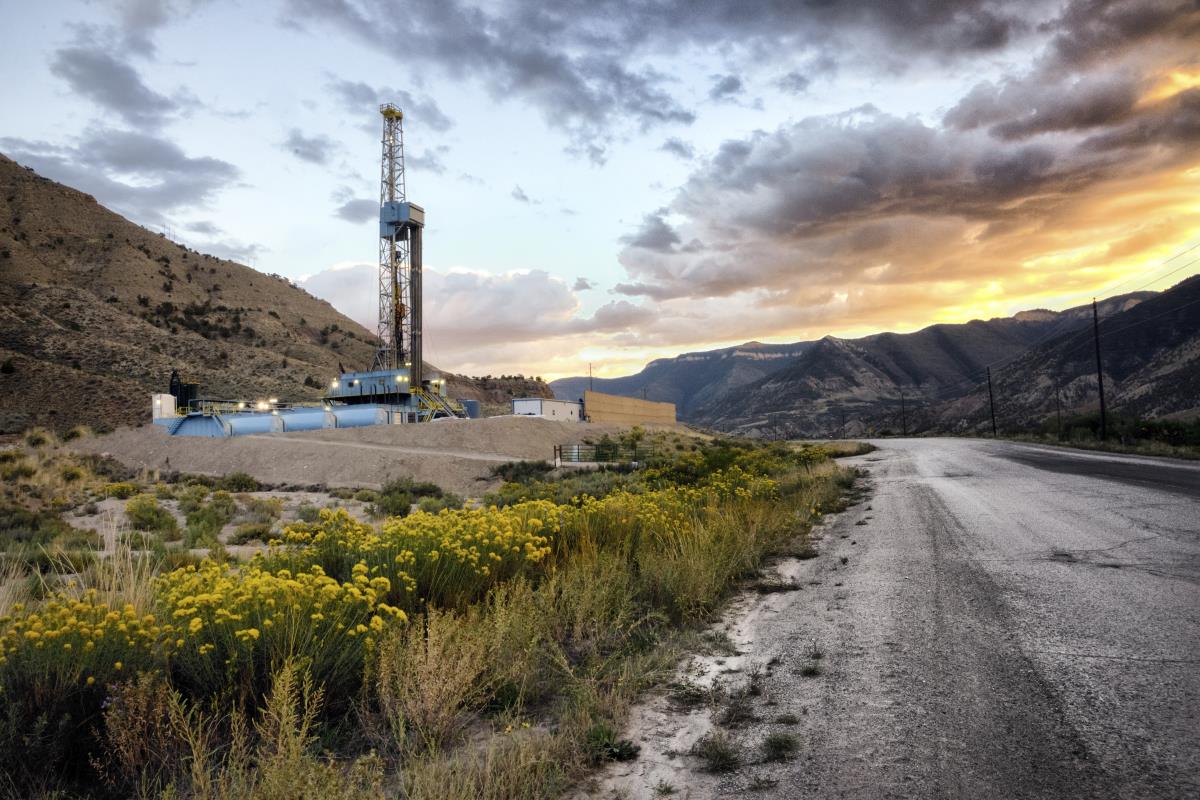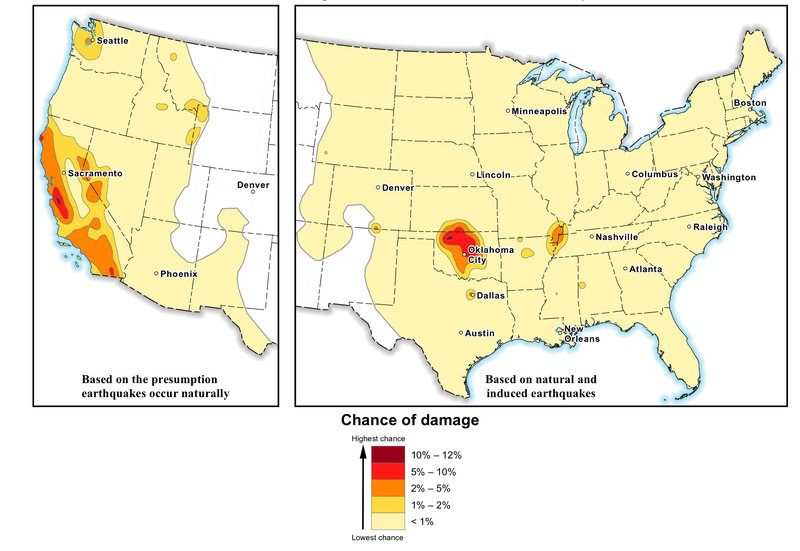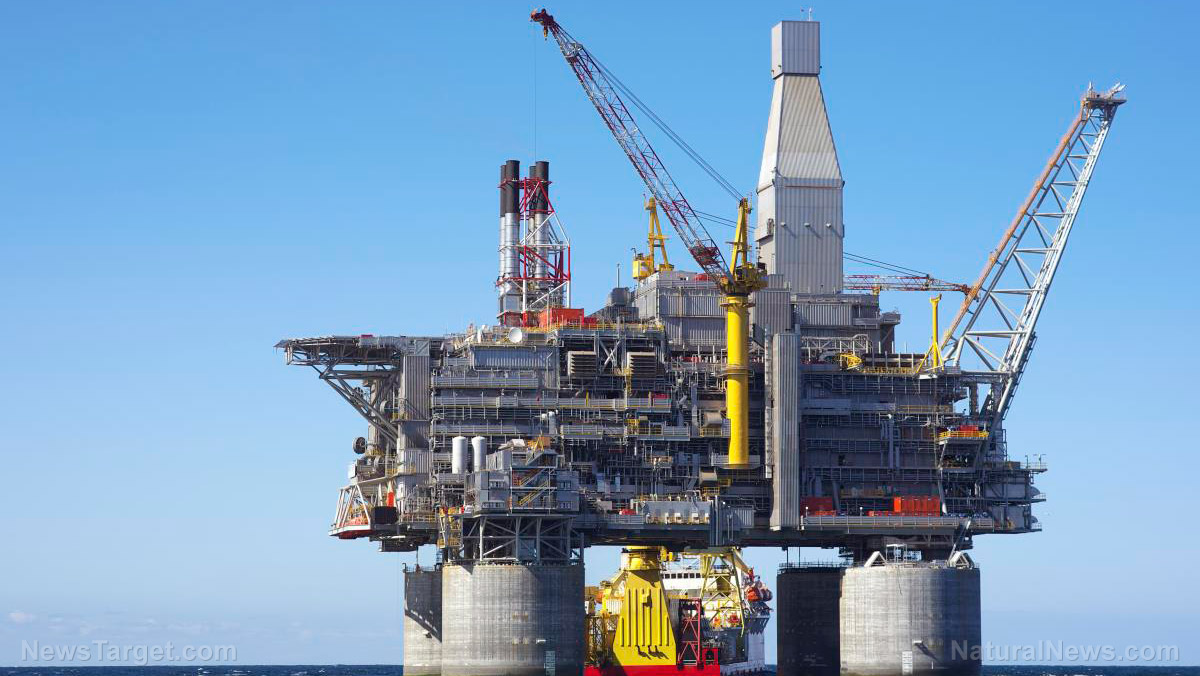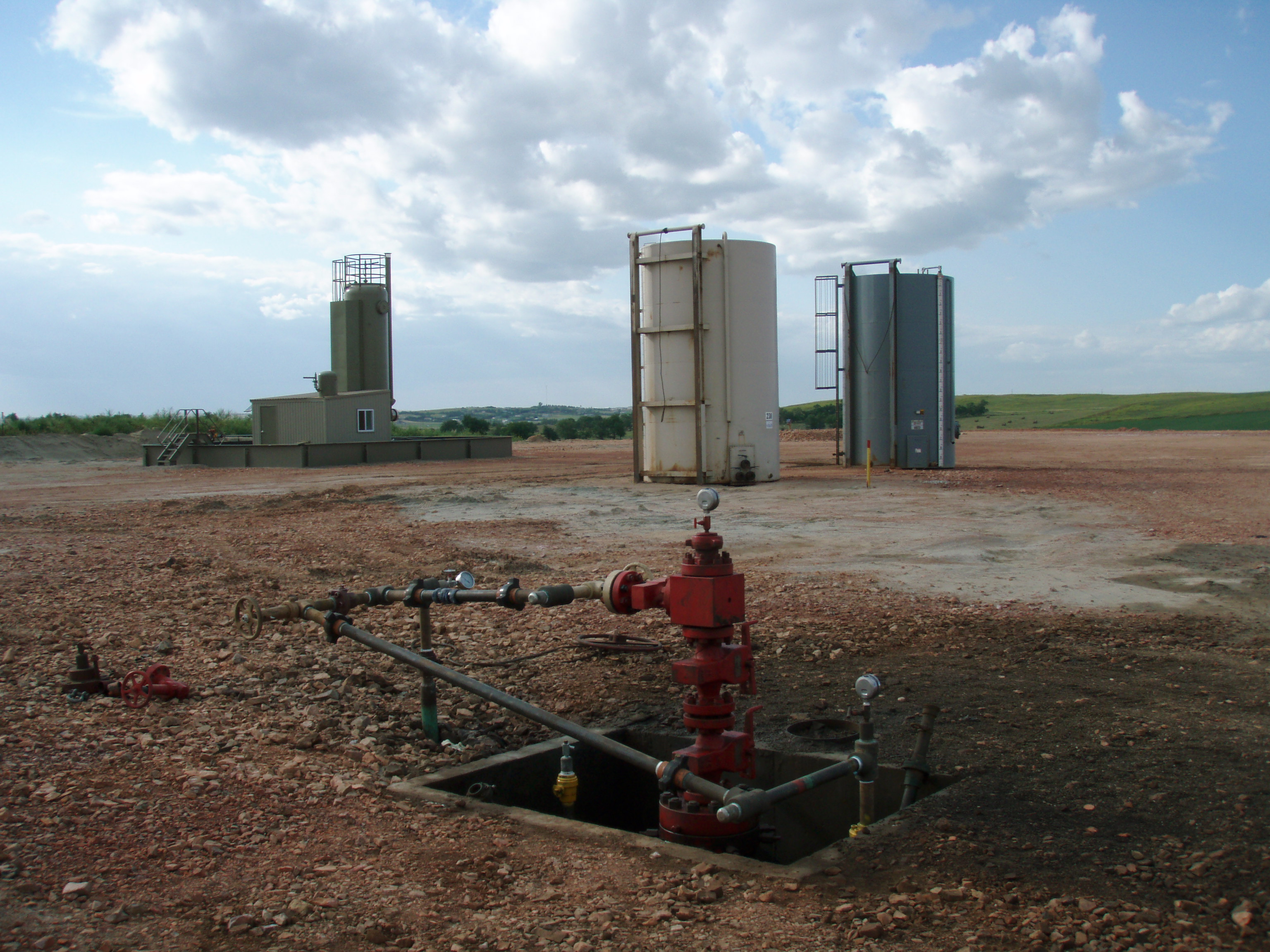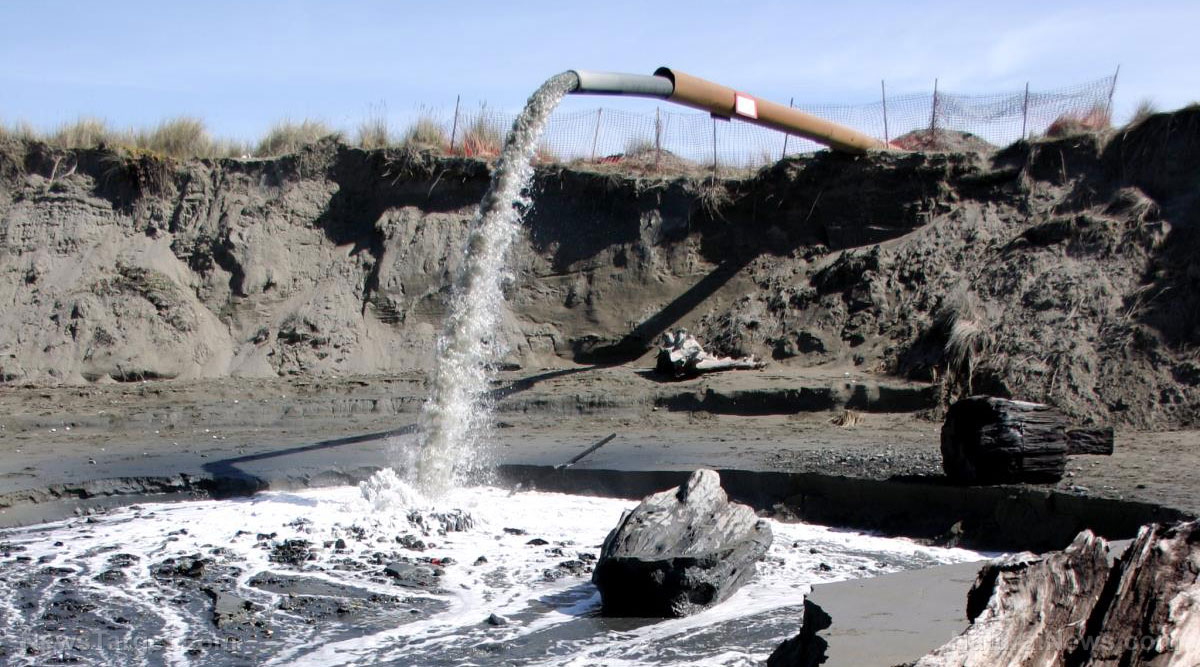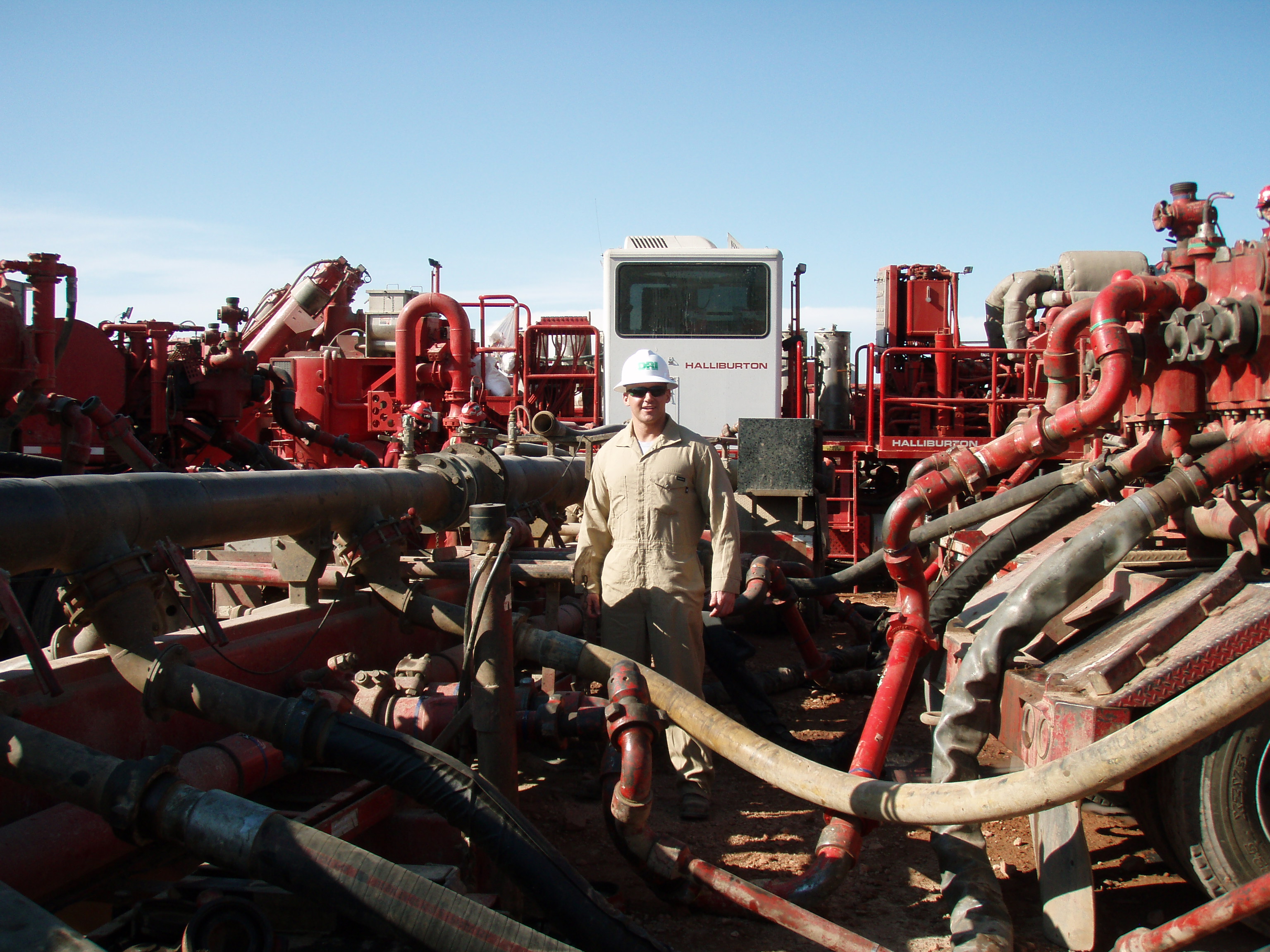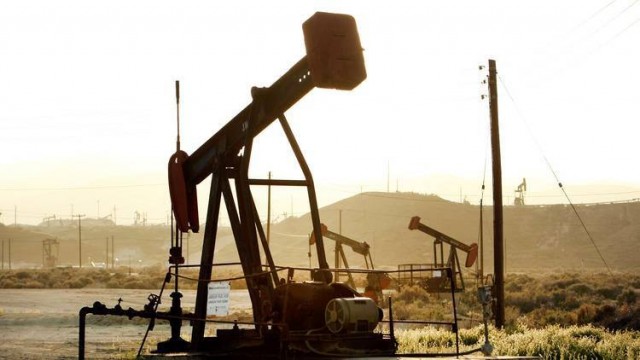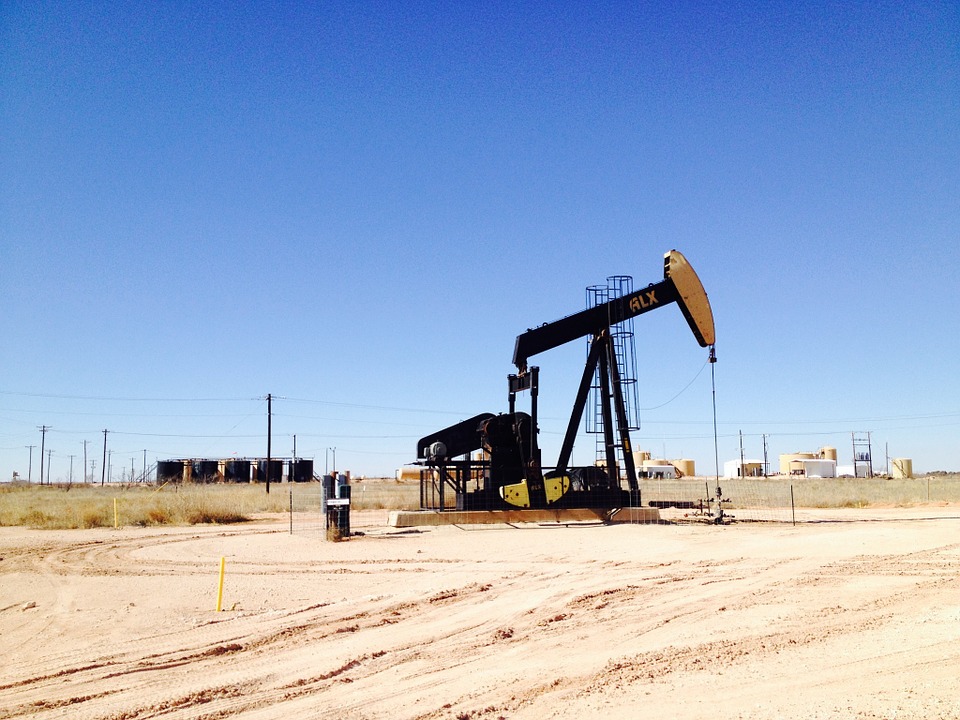RADIOACTIVE fracking waste dumped in Oregon landfill – regulators’ response is “a JOKE”
02/22/2020 / By Arsenio Toledo

According to the Oregon Department of Energy (ODOE), approximately 2.5 million pounds of radioactive fracking waste have been dumped in a landfill in the city of Arlington in northern Oregon. This city is located right next to the Columbia River, which serves as the state’s border with Washington.
The company responsible, Chemical Waste Management, received the fracking waste from North Dakota company Goodnight Midstream over a period of three years. State law prohibits the disposal of radioactive materials within the state.
“We received an inquiry from a citizen from North Dakota in September who was under the impression fracking waste from North Dakota was being disposed of in an Oregon landfill,” said Ken Niles, assistant director for nuclear safety with the ODOE.
Guilty parties attempted to cover their tracks
The company that gave Chemical Waste Management the radioactive material, Goodnight Midstream, supplies brine water for fracking operations for companies involved in North Dakota’s energy industry. According to ODOE’s nuclear waste remediation specialist, Jeff Burright, the fracking liquid that Chemical Waste Management received came into contact with underground rocks that contained radium, a radioactive substance. Burright added that around 80 percent of the waste sent over to Oregon either contained radioactive substances or came into contact with them.
According to Oregon law, the state has a threshold of five picocuries (pCi) per gram of radium 226. Picocurie is a measurement of how much radioactivity is contained in one liter of air.
“The waste that was received by Chemical Waste Management Arlington had a range of concentrations over time running from just a few picocuries per gram up to the maximum in about one and a half tons total was around 1,700 pCi per gram,” said Burright. (Related: Fracking waste is radioactive and endangers human health – there is NO safe way to dispose of it.)
Chemical Waste Management had no records of a direct relationship with Goodnight Midstream. However, further investigation found that the latter had contracted a third party, Oilfield Waste Logistics, a Montana-based company, to handle the disposal of their fracking waste. Shipping manifests procured by ODOE found that Chemical Waste Management had been receiving the radioactive fracking waste from Oilfield Waste Logistics. Furthermore, an analysis of the manifests found that Oilfield Waste Logistics attempted to cover up how much radioactive material was in the waste they were sending, stating that the materials fit within Oregon regulations.
Chemical Waste Management barely getting punished
According to observers, the response of regulators to either Chemical Waste Management, Oilfield Waste Logistics, or even Goodnight Midstream is “so weak it’s almost meaningless.”
This is the first time in the history of the state that a company has been caught illegally disposing of radioactive waste within state boundaries, and it’s reportedly also the first time ODOE has tested its regulatory authority.
The nuclear safety division of ODOE issued a notice of violation to Chemical Waste Management. However, the regulators kept the violation only at a Level I offense, which doesn’t even involve any fines.
ODOE sees no reason to raise the violation to a Level II offense, which can potentially involve a fine of up to $500 per day the violation was committed – or around $5.4 million for the three years Chemical Waste Management spent dumping radioactive waste in Oregon.
The lawyer for the regulators at the Oregon Department of Justice interpreted the rules differently, believing that Chemical Waste Management can only get a Level II violation if they had previously been notified of a violation and repeated it. This means that, even though Chemical Waste Management potentially has over a thousand violations, they aren’t considered repeat offenders unless they’ve been previously informed.
The city of Arlington has been harsher on Chemical Waste Management – the city’s Department of Environmental Quality has repeatedly fined the company.
The state’s notice of violation requires Chemical Waste Management to come up with a remediation plan within 30 days, which can include exhumation of the radioactive material and disposal out of state. However, Burright stated that this can expose workers and the environment to even more radiation, signaling that Chemical Waste Management may be allowed to keep the radioactive material in Arlington.
Many in Oregon are offended that nobody is getting more than a symbolic reprimand for the violations. “They haven’t gone after Oilfield Waste Logistic and they believe their hands are tied with respect to Chemical Waste Management,” said Craig Johnston, professor of environmental law at Lewis & Clark Law School in Portland. “The message is, ‘Don’t do it again.’ That’s a joke. There’s a problem in the system somewhere. This is not even a slap on the wrist.”
Sources include:
Tagged Under: Ecology, environ, environment, fracking, industrial waste, insanity, North Dakota, Oregon, radiation, radioactive poisoning, radioactive waste, toxic chemicals, toxic waste, toxins, Waste disposal
RECENT NEWS & ARTICLES
COPYRIGHT © 2017 FRACKING WATCH




